Ethnographic Studies
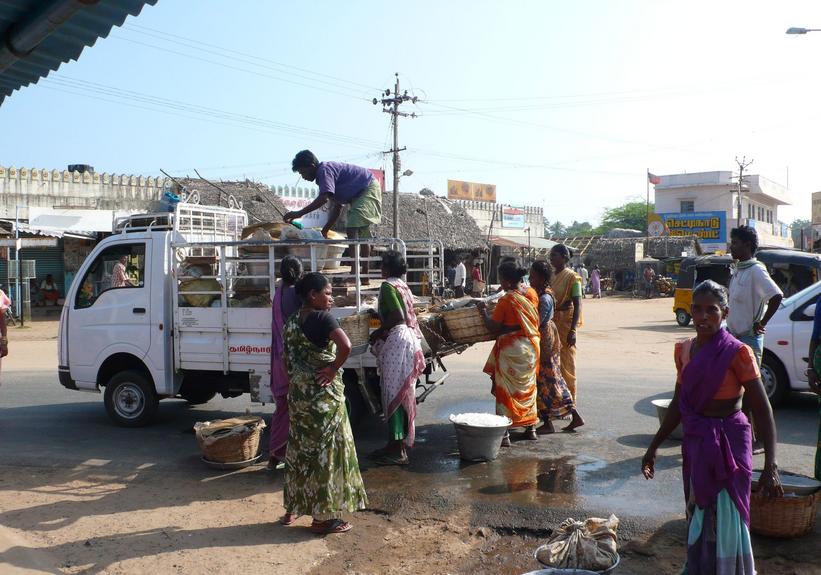
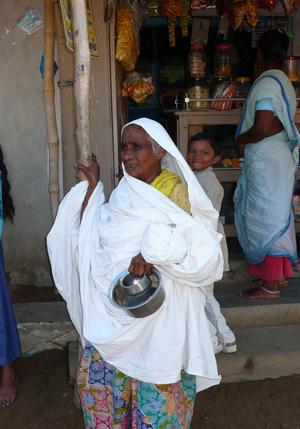
Tharangampadi – or Tranquebar - is a medium-size Indian village of around 7.000 inhabitants, including the nearby hamlets and settlements to the north and west. The village hosts a series of trades with fishing off the coast of the Coromandel and fishing related activities as main occupations. The majority of the population belongs to the Hindu community of fishers. Other large groups include Dalit, Christian and Muslim communities of different occupations.
Over the last decades, Tharangampadi has also developed into a destination of heritage tourism. Some of the old streets and colonial buildings have been thoroughly restored and offer a glimpse of colonial grandeur.
Like in most other villages in the region, religious and caste differences play a telling role in the interactions between Tharangampadi’s residents. Caste segregated habitation is often the norm with each caste living in a separate street or parts of the village.
With six elementary and secondary schools and two teachers’ training institutes, Tharangampadi is a local centre of education. The majority of schools are Christian and led by the Catholic St. Theresa’s convent and by the Tamil Evangelical Lutheran Church (TELC), the latter is a descendant of the Danish Tranquebar Mission. Several of the schools were founded by missionaries in the Danish era of the village’s history.
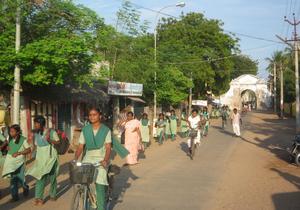
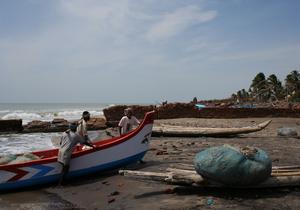
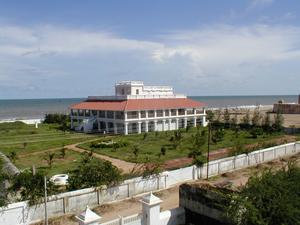
On December 26th 2004, the tsunami in the Indian Ocean hit Tharangampadi with tremendous force and washed away houses, boats, and livestock along the coast and submerged agricultural areas further inland. In Tharangampadi, several hundred people lost their lives, the large majority belonging to the fishermen caste. The catastrophe of the tsunami profoundly changed the life and townscape of the village. The first years after the tsunami, comprehensive construction work took place to build new houses for the many victims and more than one thousand families have been rehoused in rather uniform concrete row-houses further away from the seashore.
Parallel to the reconstruction work after the tsunami, Tharangampadi evolved into a destination of international heritage tourism. Restoration projects by NGOs, international companies, and the Tamil Nadu Government have recreated the elegance and charm of old colonial and vernacular buildings, paved roads, and laid out a public ‘tropical park’ in the southern part of the village, and established cultural heritage hotels for national and international tourists.
A selection of ethnographic publications
A selection of documentary films and videos on Tranquebar in recent times (Some in Danish)
Text: Professor Esther Fihl and Research Assistant Caroline Lillelund, 2015
Web design and supervision: Assistant Curator Bente Gundestrup
Language editing: Research Assistant Manasa Bollempali
